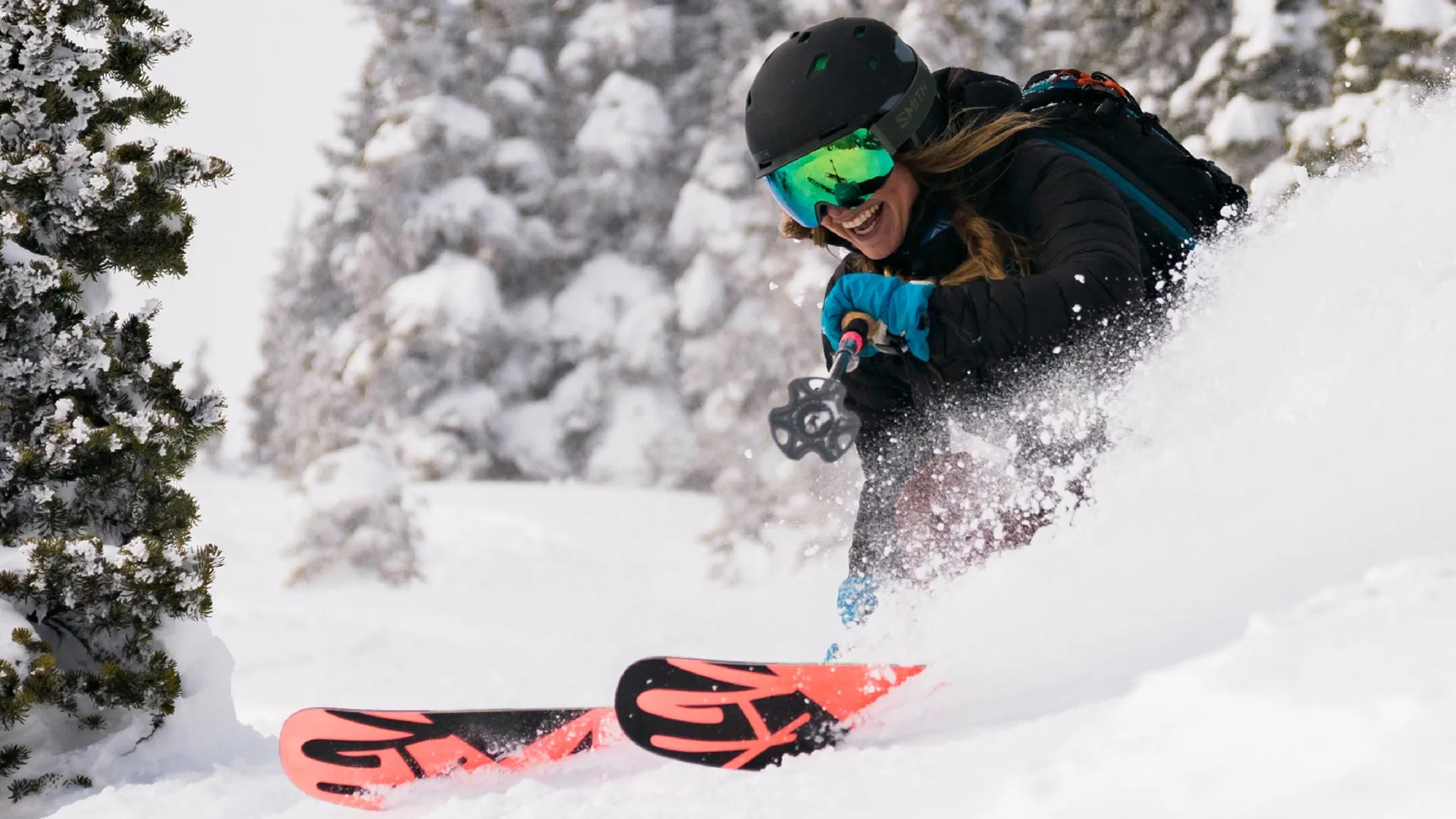Learn about the natural area where Crystal Mountain is located
Interpretive Walks
DISCOVER THE NATURAL AREA
As the snow melts, peaks warming in the sunshine, wildlife coming out of hibernation, the ridgelines take on a new life. Free interpretive walks will be held on weekends (Fri - Sun) at 10:30, 12:00, and 1:30. An interpretive guide will be available near the top of Mt. Rainier Gondola whenever they're not actively leading walks across the summit ridge. Guests are also welcome to enjoy a self guided walk along the summit and discovery fascinating details about our natural surroundings from various stations along the ridge. rich-text, responsive-table
As the snow melts, peaks warming in the sunshine, wildlife coming out of hibernation, the ridgelines take on a new life. Free interpretive walks will be held on weekends (Fri - Sun) at 10:30, 12:00, and 1:30. An interpretive guide will be available near the top of Mt. Rainier Gondola whenever they're not actively leading walks across the summit ridge. Guests are also welcome to enjoy a self guided walk along the summit and discovery fascinating details about our natural surroundings from various stations along the ridge. rich-text, responsive-table
1. Tahoma Geology
We all know and love the largest volcano in our state, towering above the Cascade Range- as Mt. Rainier. However, many of us probably don't know the full history and significance behind it. If you look closely with binoculars, you might even be able to see mountaineers and skiers during the climbing season!
Learn About the Geology
Learn About the Geology
2. Native Lands
As you stand here now in this modern day, you may be curious about the history of this beautiful place - Who were the native people of this land, and what was life like before settlers?
Learn About Native Lands
Learn About Native Lands
3. White Bark Pine
Whitebark pine is one of the first trees to break ground after a forest fire, stabilizing soil and snowpack for the ski season. Their highly-nutritious pinecones feed up to 100 different species, filling in an important role in the food chain.
Learn About White Bark Pine
Learn About White Bark Pine
4. Wildflowers
Between the jagged peaks, and rolling hills of Crystal Mountain, colorful flecks in all colors of the rainbow sprinkle your favorite ski runs during the summertime. Learn more about the life of flora in our unique alpine ecosystem.
Learn About Wildflowers
Learn About Wildflowers
5. White River Watershed
The White River gets its name from the white color it takes on in the spring and summer. Runoff from high on the mountain carries down glacial silt, the water takes on a milky appearance, giving name to the White River.
Learn About the White River Watershed
Learn About the White River Watershed
6. Wildfire
Here on the west side of the Cascade Mountains, the main barrier to fires is fuel moisture. Our long wet winters and relatively cool summers keep the forest damp and make it harder for fires to ignite. However, as the climate changes Crystal gets less snow in winter with hotter, drier summers and more frequent droughts.
Learn About Wildfires
Learn About Wildfires
7. Elk
Each spring as the snow melts and temperatures rise the elk slowly return to their summer feeding grounds. The lush open meadows provide plenty of food and the wooded areas offer ample shelter.
Learn About Elk
Learn About Elk
8. Marmot
If you hang out close to rock fields, stay quiet and still- you'll be likely to spot a Yellow-bellied Marmot (Marmota flaviventris)- Also known as a "whistle pig"- you might even hear them before you see them!
Learn About Marmots
Learn About Marmots





